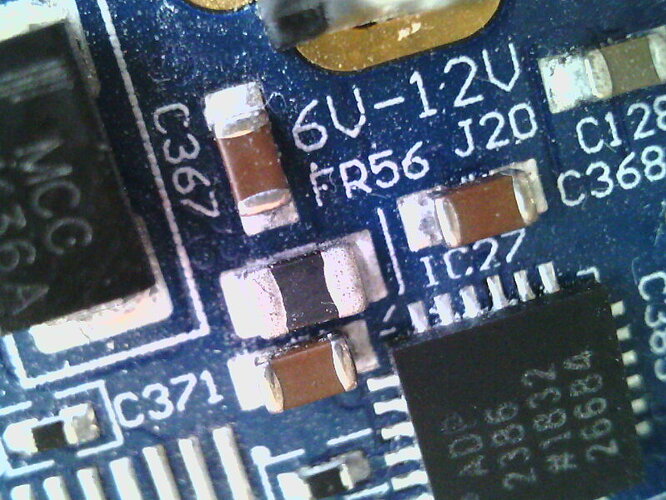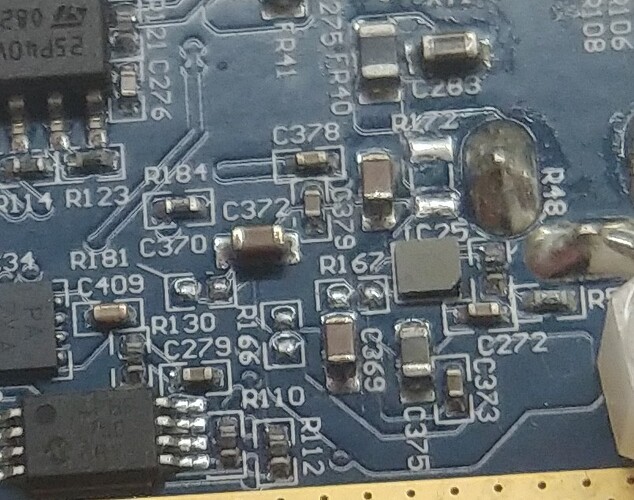Hello everyone,
Sorry for creating one more topic with a similar issue.
My environment:
- host: Ubuntu 18.04.5 LTS;
- board: LimeSDR USB (LMS7002M);
- HW version: 1.4 r2.23;
- SW version: 20.07.2;
- external power: no;
- connection: USB2.0/USB 3.0 (direct/via cable).
Issue: the board isn’t detected by PC, LEDs don’t work (neither shine nor blink).
I’ve checked it using the following commands (all of them don’t react when I plug and unplug the board):
- lsusb (output the same with and without the board);
- dmesg (nothing it output);
- udevadm monitor (nothing is output).
I’ve read similar posts and I made some measurements:
- the voltage on FR38 on both sides it is about 5.13V (as suggested in: No power for a new LimeSDR);
- the voltage between GND and VCC_EXT is about 0.1V (as suggested in: External power supply damaged board?);
- the voltage between GND and VCC_INT is about 3.55V (as suggested in: External power supply damaged board?).
The issue was caused after transportation. So I explored the whole board carefully and everything looks good except only one element IC25. It seems that the left bottom corner of the FPF3042 (IC25) is chipped off (very small about 0.5mm deformation). I tried to transport the board carefully but probably something went wrong…
Now I’m trying to realize the following:
- first of all, is the board is still recoverable?
- if it is recoverable, then I’d like to know how to fix the issue?
Any suggestion is appreciated!





